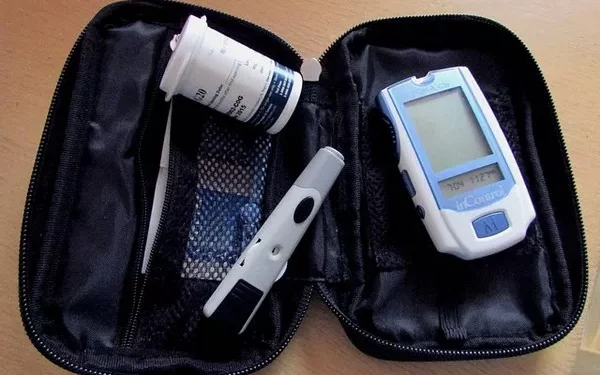New research reveals a connection between higher levels of radon exposure and an increased risk of gestational diabetes (GD) in women who are pregnant for the first time, underscoring the importance of considering environmental factors in maternal and fetal health.
In a study led by Dr. Yijia Zhang from the Department of Obstetrics and Gynecology at Columbia University’s Vagelos College of Physicians and Surgeons, a cohort of 9,107 nulliparous women was examined. The study found that women living in U.S. counties with elevated radon levels (2 picocuries per liter [pCi/L] or higher) faced a significantly higher likelihood of developing GD compared to those in areas with lower radon levels (less than 1 pCi/L). The odds ratio was calculated at 1.37 (95% CI, 1.02–1.84).
The study, which categorized radon exposure into three levels, was published on January 10 in JAMA Network Open. It draws on data from the Nulliparous Pregnancy Outcomes Study: Monitoring Mothers-to-Be (nuMoM2b), a large-scale prospective study focused on pregnancy outcomes.
“This is the first study to explore the link between radon exposure and gestational diabetes,” the researchers noted.
The study also highlighted that women who had smoked in the past and lived in regions with higher radon exposure (2 pCi/L) showed an even greater risk of GD (odds ratio 2.09; 95% CI, 1.41–3.11). Additionally, those residing in areas with both high radon and elevated levels of fine particulate matter (PM2.5) also demonstrated increased odds of GD (OR 1.93; 95% CI, 1.31–2.83). However, no significant interactions between these factors were observed.
Gestational Diabetes: A Growing Concern
According to the Centers for Disease Control and Prevention (CDC), gestational diabetes affects approximately 10% of pregnancies in the U.S. annually. This condition poses long-term health risks for both mothers and their children, increasing the likelihood of type 2 diabetes and cardiovascular disease in mothers, while raising the risk of childhood obesity for offspring.
While radon’s link to lung cancer is well-documented, its association with other health conditions remains uncertain, making this new finding particularly significant. The study’s authors stressed that the results are preliminary and suggest a need for further research to explore the mechanisms underlying this potential risk.
The Need for Individual-Level Exposure Data
Dr. Zhang’s team emphasized the importance of more precise, individual-level radon exposure measurements. County-level data, while useful, does not fully capture the varying factors that influence a person’s exposure, such as household radon mitigation efforts or the presence of a basement, which can significantly affect radon levels.
In a related commentary, Dr. Alberto Ruano-Ravina and MSc Lucía Martín-Gisbert, both from the University of Santiago de Compostela in Spain, echoed this sentiment. They called for studies that focus on individual-level radon exposure to better assess its impact on health. The researchers pointed out that radon is likely the most prevalent indoor carcinogen to which humans are exposed, making its potential health effects, including the risk of gestational diabetes, a critical area for further investigation.
“There is no reason not to pursue these studies now that we have evidence from ecological studies,” they wrote, emphasizing the simplicity and low cost of radon assessments. They also noted that radon-prone areas with varying levels of exposure would provide valuable data to explore a potential dose-response relationship between radon exposure and GD.
Dr. Zhang’s study, which only utilized three exposure levels due to limited data from higher-radon areas, sets the stage for more comprehensive research in these regions, they said. The experts concluded that it is time to deepen our understanding of radon’s full impact on health.
Related topics:
Understanding Gestational Diabetes: Key Insights for Expecting Mothers
Revolutionizing Diabetes Care: How Biowearables and GLP-1 Therapies Are Empowering Patients
Carrots May Offer Natural Support in Managing Type 2 Diabetes



























